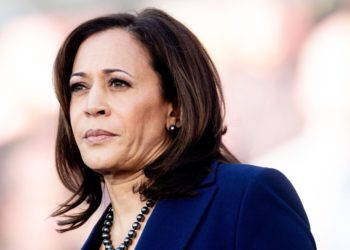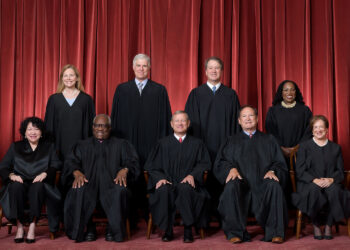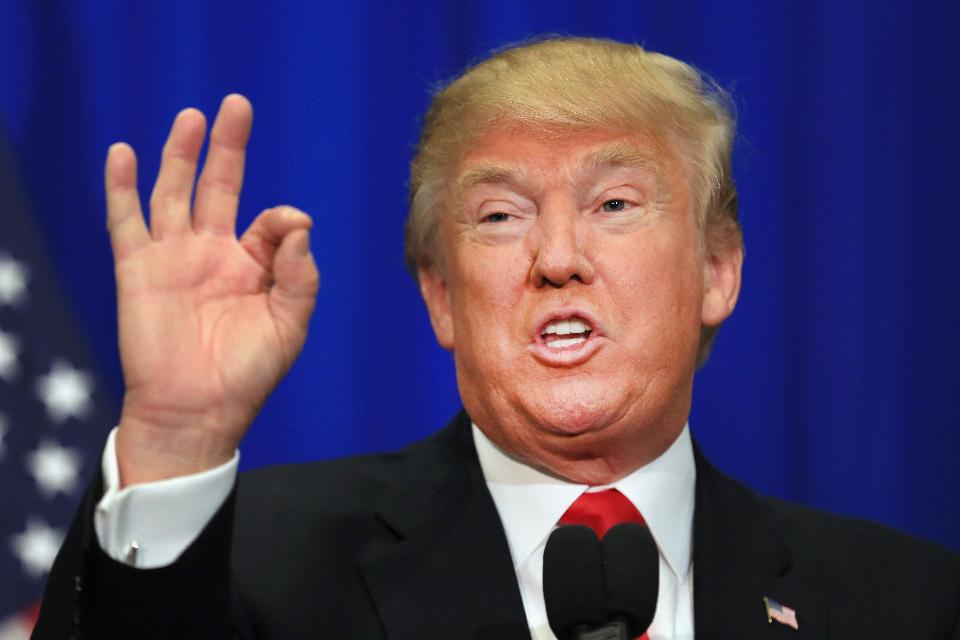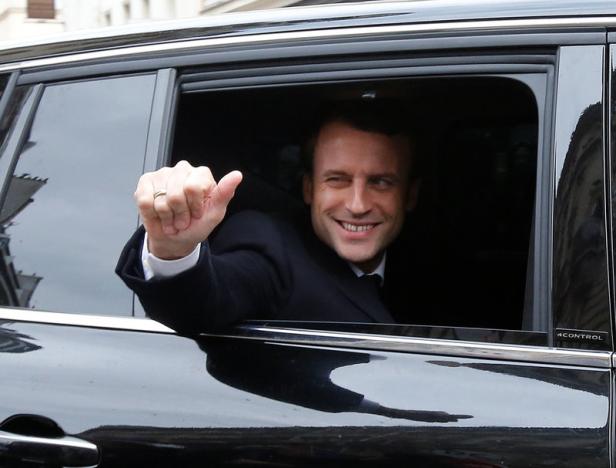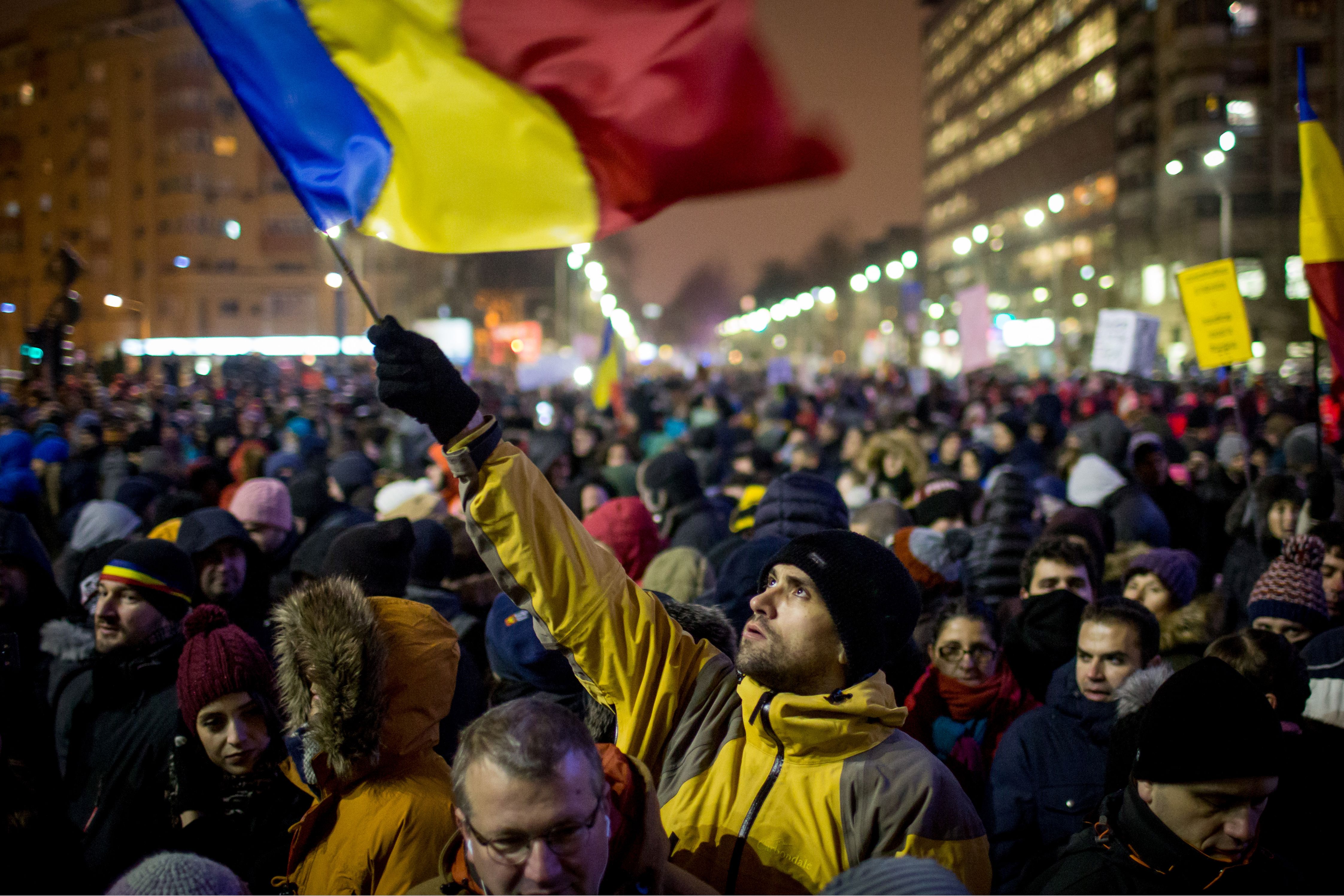Iran’s Revolutionary Guards chief announced the “end of the sedition” Wednesday as tens of thousands rallied in a show of strength for the country’s Islamic rulers after days of deadly unrest.
General Mohammad Ali Jafari said the Guards only intervened “in a limited way” against fewer than 15,000 “trouble-makers” nationwide, adding that a large number had been arrested.
The White House declared it would seek new sanctions against those involved in the crackdown.
Protests over economic problems broke out in Iran’s second city Mashhad last week and quickly spread across the country, turning against the regime as a whole.
A total of 21 people have died in the unrest, with protesters attacking government buildings and police stations in some areas.
“Today we can announce the end of the sedition,” Mr. Jafari said, quoted on the Guards’ website.
“A large number of the trouble-makers at the centre of the sedition, who received training from counter-revolutionaries… have been arrested and there will be firm action against them,” he said.
Mr. Jafari spoke after thousands of pro-regime demonstrators took to the streets.
Chants of “Leader, we are ready” were heard as images showed thousands rallying in the cities of Qom, Ahvaz, Kermanshah and elsewhere.
The demonstrators waved Iranian flags and pictures of supreme leader Ayatollah Ali Khamenei, as well as placards saying “Death to seditionists.”
A White House official, who asked for anonymity, said the administration would look for “actionable information about who is doing the crackdown, who is violating human rights, who is using violence against protesters and to feed that in to our sanctions designation machinery.”
AFP journalists reported a heavy police presence still on the streets of central Tehran, along with a large number of Revolutionary Guards.
General Jafari added those behind the protests had “intervened massively on social media” but that “once restrictions were started, the troubles reduced.”
Telegram and Instagram were blocked on cellphones soon after the protests began on December 28.
Telecoms Minister Mohammad-Javad Azari Jahromi said Telegram would only be unblocked if it removed “terrorist” content.
“I had mail exchanges with the head of Telegram and I told him that the continuation of Telegram’s activities is conditioned on the suppression of terrorist content,” he said.
There were few reports of anti-regime protests overnight, although it remained difficult to verify information from the provinces.
President Hassan Rouhani expressed hope in a phone call with Turkish counterpart Recep Tayyip Erdogan that the protests would end in a few days, a Turkish presidential source said.
The political establishment has closed ranks against the unrest, saying the protests were part of a foreign plot to destabilise the regime.
“The enemy is always looking for an opportunity and any crevice to infiltrate and strike the Iranian nation,” Mr. Khamenei said on Tuesday.
U.S. President Donald J. Trump said Iranians were trying to “take back” their government, extending a drumbeat of encouragement for the protests.
“You will see great support from the United States at the appropriate time!” he tweeted, without offering any specifics.
Such respect for the people of Iran as they try to take back their corrupt government. You will see great support from the United States at the appropriate time!
— Donald J. Trump (@realDonaldTrump) January 3, 2018
U.N. Secretary-General Antonio Guterres on Wednesday deplored the loss of life, saying: “Further violence must be avoided.”
Even reformists in Iran, who backed the 2009 protests, have condemned the violence and the support the demonstrations have received from the United States.
But they also urged the authorities to address economic grievances.
“Officials must acknowledge the deplorable situation of the country as the first step to hearing the protesters,” tweeted Mohammad Taghi Karroubi, whose father Mehdi Karroubi has been under house arrest for almost seven years for helping lead the 2009 demonstrations.
Many have been turned off by the violence, which has contrasted with the largely peaceful marches in 2009.
But on the streets of the capital, there is widespread sympathy with the economic grievances driving the unrest, particularly an unemployment rate as high as 40 percent for young people.
Some Tehranis said claims from the U.S. that they were desperate for freedom were overblown.
“We do have some freedom in Iran,” Hamid Rahimi, a 33-year-old bank employee told AFP.
“If the people of Iran have something to say, it’s about economic problems. They want to see their demands, what they voted for, fulfilled.”
But many sympathised with the economic grievances that drove the initial unrest.
“People have reached a stage where they can no longer tolerate this pressure from the authorities,” said Soraya Saadaat, a 54-year-old jobless woman.
Mojtaba Mousavi, a Tehran-based political analyst, said Iranians do not generally support violence, no matter how unhappy they are with their government.
“There are certainly Iranians who aren’t happy with certain policies, frustrated people who would like to protest against their economic situation, but history shows none of these people support violence and subversion,” he said.
But “this week’s protests turned into riots.”
Mr. Rouhani came to power in 2013 promising to mend the economy and ease social tensions, but high living costs and unemployment have left many feeling that progress is too slow.
Rural areas, hit by years of drought and under-investment, are particularly hard-hit.
Mr. Rouhani on Sunday acknowledged there was “no problem bigger than unemployment,” and also promised a more balanced media and more transparency.
In 2009, authorities ruthlessly put down protests against the re-election of hardliner Mahmoud Ahmadinejad. At least 36 people were killed, according to an official toll, while the opposition says 72 died.






